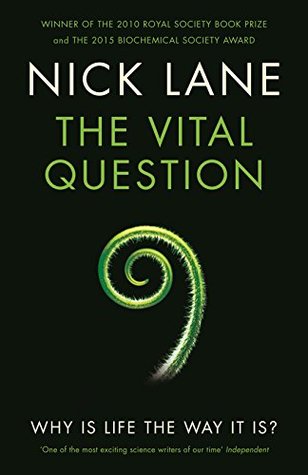In all forms of photosynthesis, the energy of light is used to strip electrons from an unwilling donor. The electrons are then forced on to carbon dioxide to form organic molecules. The various forms of photosynthesis differ in their source of electrons, which can come from all kinds of different places, most commonly dissolved (ferrous) iron, hydrogen sulphide, or water. In each case, electrons are transferred to carbon dioxide, leaving behind the waste: rusty iron deposits, elemental sulphur (brimstone) and oxygen, respectively.
Welcome back. Just a moment while we sign you in to your Goodreads account.


